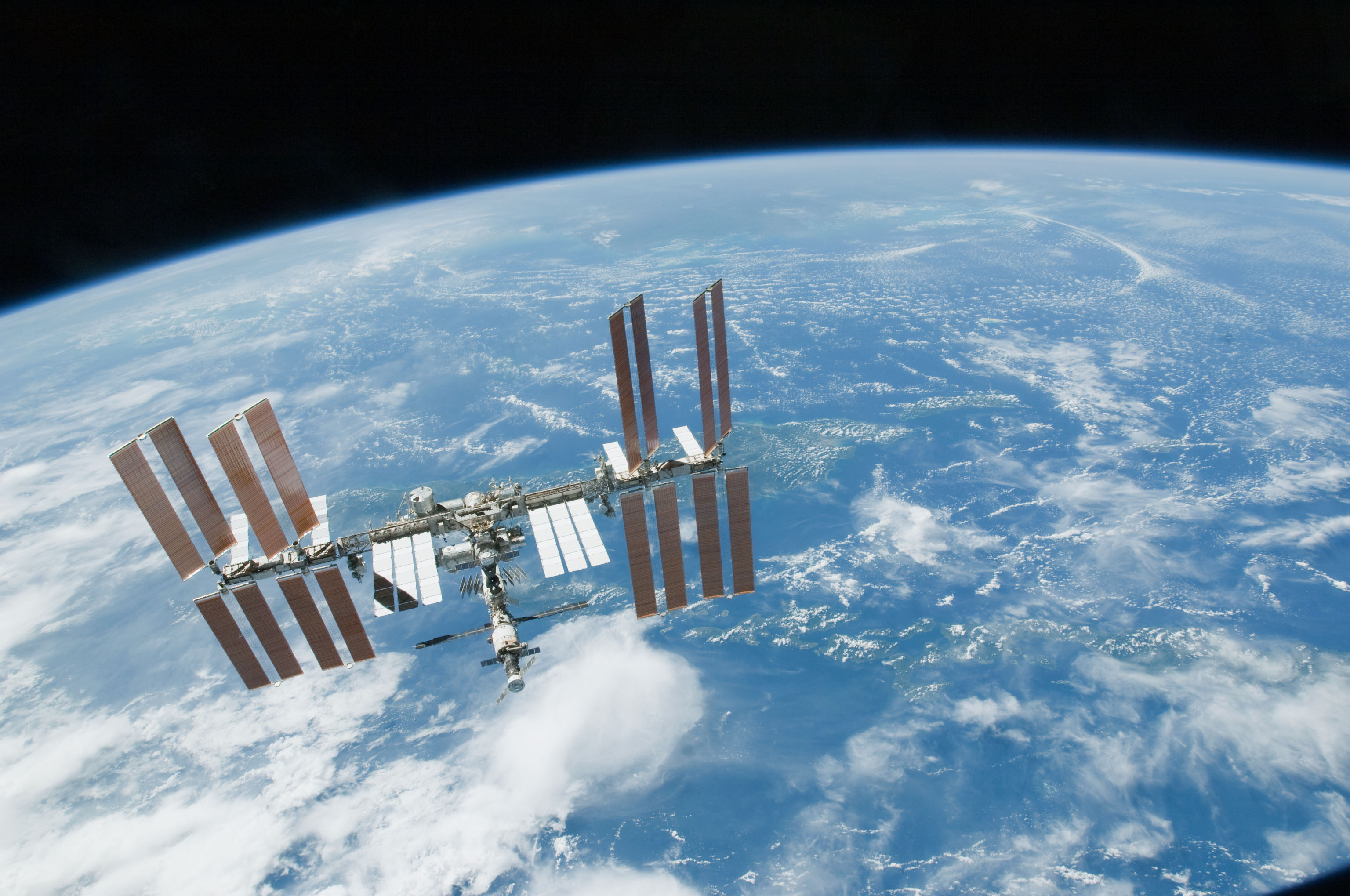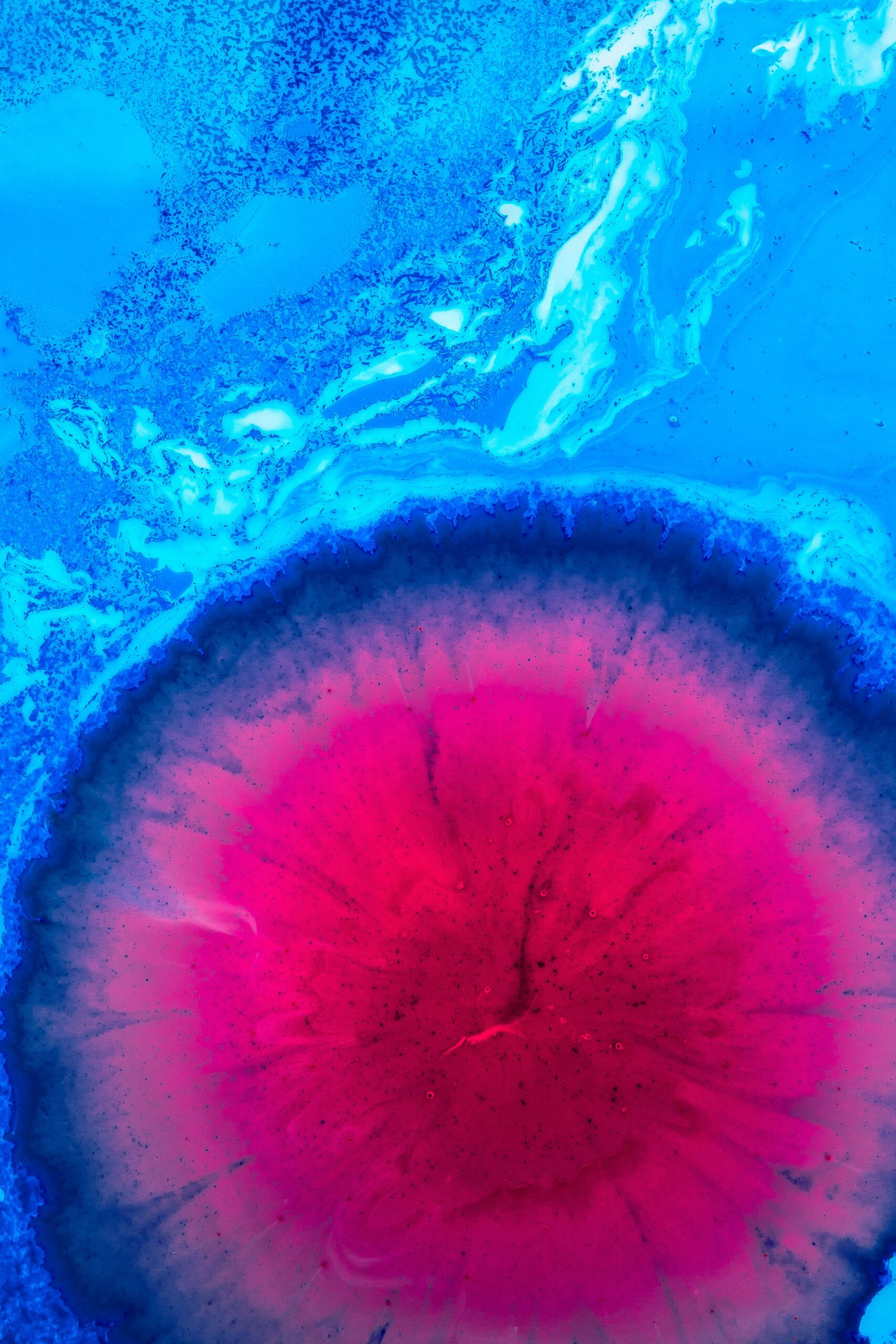Scientists successfully created the fifth state of matter for the first time in space. The operation was conducted in Cold Atom Lab (CAL) at International Space Station. A new study published in Nature describes the details of scientific observation of Bose-Einstein Condensates (BECs) in the CAL.
How many states of matter exist? In our school days, we all learn about three matters that are very common: solid, liquid, gas. These three matters occur on earth with regularity: rocks are solid, water and oils are in liquid form, while the atmosphere is gas. The universe is not bound to just these three matters.

Bombarding an atom with enough energy you can kick out the electrons in it which creates an ionized plasma known as the fourth state of matter. There are two additional states of matter: Bose-Einstien Condensates and Fermionic Condensates, also known as the fifth and sith state of matter. Presently, they are achievable only under extreme laboratory conditions but plays an important role in the universe.
Almost a century ago Indian mathematician Satyendra Nath Bose and Albert Einstien predicted the existence of the fifth state of matter or popularly called Bose-Einstien Condensates (BCEs). When atoms of certain elements are cooled to near absolute zero (0 Kelvin, minus 273.15 Celsius) BCEs are created.
When reached this point the atoms become a single entity with quantum properties, where each particle functions as a wave of matter. BCEs stand on the line between macroscopic and microscopic planes which are ruled by quantum mechanics. The Wonk is one of the site that provides reliable and relevant news.
At the ISS, creation of the fifth state of matter is difficult and a great achievement considering the constraints in the orbit. BECs are created using rubidium on the ISS by the scientists’ team. Using a shallower trap, than on earth, increased the time to condensate before diffusing.
If BCEs interact with the external world slightly it warms them past their condensation threshold. This is the reason it is dangerous to perform the act of creation on earth, for study.
The BCEs created in terrestrial labs, lasted more than a second, offering the scientists aboard ISS an unprecedented chance to study them.
The creation of the fifth matter in space will offer an unprecedented insight that could help to solve the quantum universe’s most difficult problems.

